Education systems worldwide must adapt. Reforming education isn’t optional—it’s key to unlocking creativity and preparing students for a better future. In our country, the education system urgently needs change—not just in curriculum, but in purpose and practice.
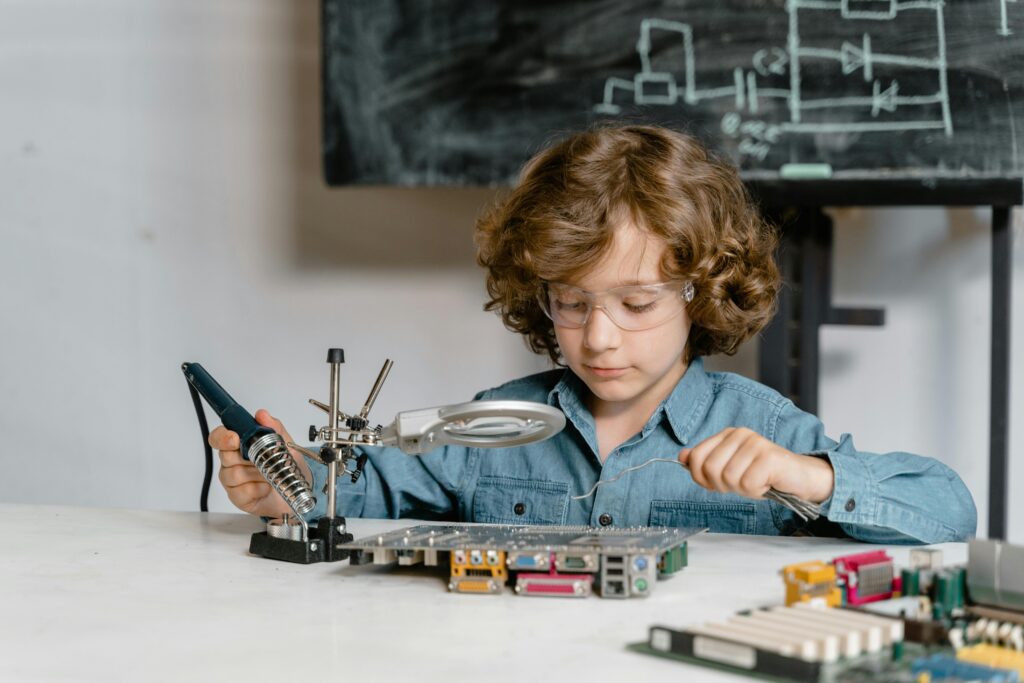
Today’s global discourse on education emphasizes adaptability and innovation. Unfortunately, our current system still emphasizes outdated structures that stifle creativity rather than nurture it.
Reforming Education: Why Unlocking Creativity Matters
Real transformation in society starts with reforming education to nurture talent and curiosity in every student. Sir Ken Robinson, a global education reform advocate, highlights the need for creativity in learning. He tells the inspiring story of Gillian Lynne, a girl labeled as disruptive in school. A counselor noticed her passion for dance and redirected her path to a dance school. Gillian later became a world-renowned choreographer.
This story illustrates an important truth: reforming education unlocks creativity and individual potential.
🧠 “Creativity is as important in education as literacy.” – Ken Robinson
Misunderstanding Creativity in Modern Education Reform
Too often, creativity is misunderstood as being relevant only to artists or musicians. But in truth, unlocking creativity in education means encouraging innovation across all fields.
Engineers solving real-world problems
Scientists finding new cures
Writers reimagining how stories are told
All of these are examples of creative potential at work. Yet, traditional classrooms rarely nurture such thinking.
These misconceptions hinder progress toward reforming education in a way that embraces creativity across disciplines.
🔗 Read

Why the Current System Needs Reforming Education
Sir Ken Robinson once said,
“Our education system is built on a factory model.”
This outdated system prioritizes conformity over curiosity.
📚 Charles Dickens captured this in Hard Times, criticizing fact-based learning that discouraged imagination. Today, that critique remains painfully relevant.
Many educators now agree: Reforming education is essential to help students thrive in a world driven by innovation, not just information.

Strategies for Reforming Education to Unlock Creativity
According to Robert L. Fielding and Alan H. Jordan, here are proven strategies for reforming education systems and unlocking creativity:
1. Encourage Thoughtful Dialogue
Engage students in debates and discussions that require critical thinking and diverse viewpoints.
2. Promote Reflective Writing
Reflective journaling and open-topic essays allow self-expression and unique insight.
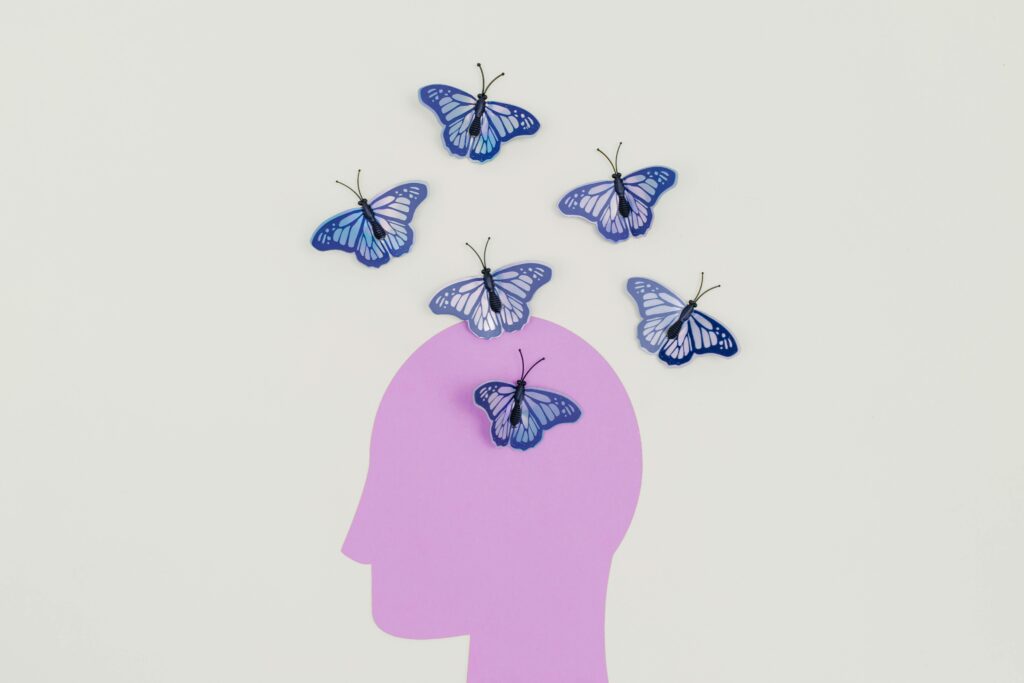
3. Recognize Individual Talents
Support students in identifying their natural abilities and interests.
4. Connect Ideas Creatively
Encourage combining knowledge across subjects—for example, integrating art into science projects.
5. Cultivate Curiosity
Create classroom environments where asking “why” and “what if” is celebrated.
Practical Steps to Support Reforming Education in Classrooms
🧩 Jordan’s 5 practical approaches:
- Focus on topics that spark student interest.
- Allow multiple solutions to open-ended problems.
- Use group activities to promote team-based creative thinking.
- Replace rote memorization with discovery-based learning.
- Promote “What if?” exercises to challenge conventional thinking.
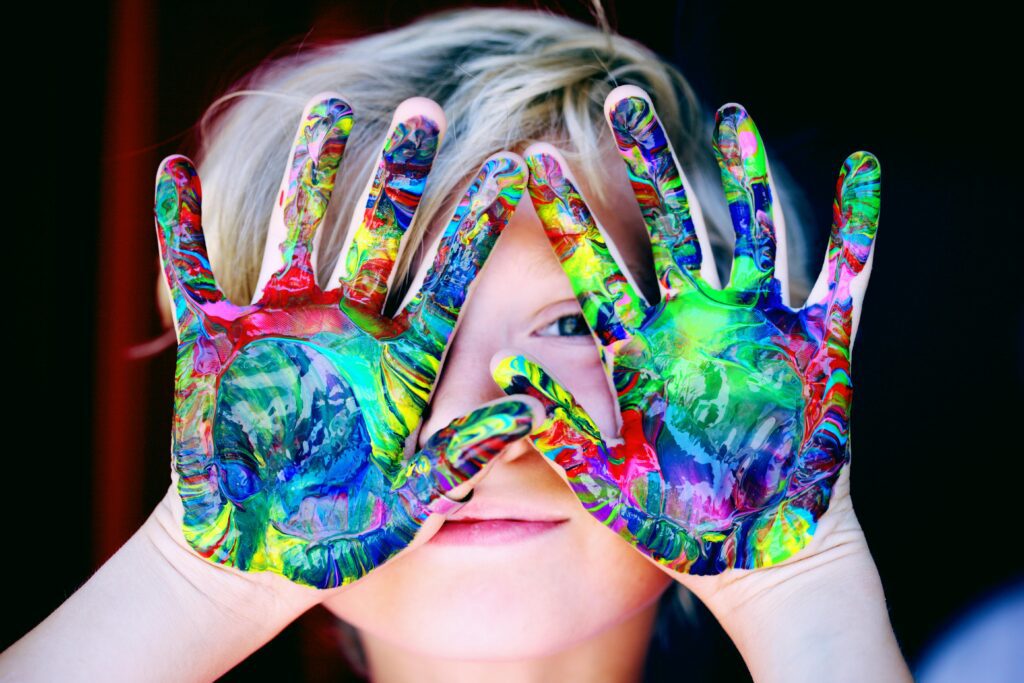
Creative Roots: What History Teaches Us About Reforming Education
In history, centers like Baghdad, Cordoba, and Granada were hubs of intellectual and scientific achievement. Their success stemmed from a creative and research-oriented education system rooted in Quranic values of reflection and inquiry.
As Allama Iqbal beautifully put it:
“This game of intellect and wisdom, this display of endless debate. The world can no longer endure the showcase of outdated ideas.”
.The Road to a Better Future
Reforming education by unlocking creativity isn’t a luxury—it’s a necessity. A future that values innovation, compassion, and critical thinking depends on how we educate today’s children.
Historical examples show that societies thrive when they focus on reforming education through curiosity, exploration, and reflection.
✅ What to Do Next:
Let’s commit to changing how we educate our youth today so future generations can thrive in a world that values creativity, knowledge, and growth.
🌐 UNESCO on Transforming Education for Innovation
📥 Subscribe to The Creatinest Newsletter for more education reform insights.
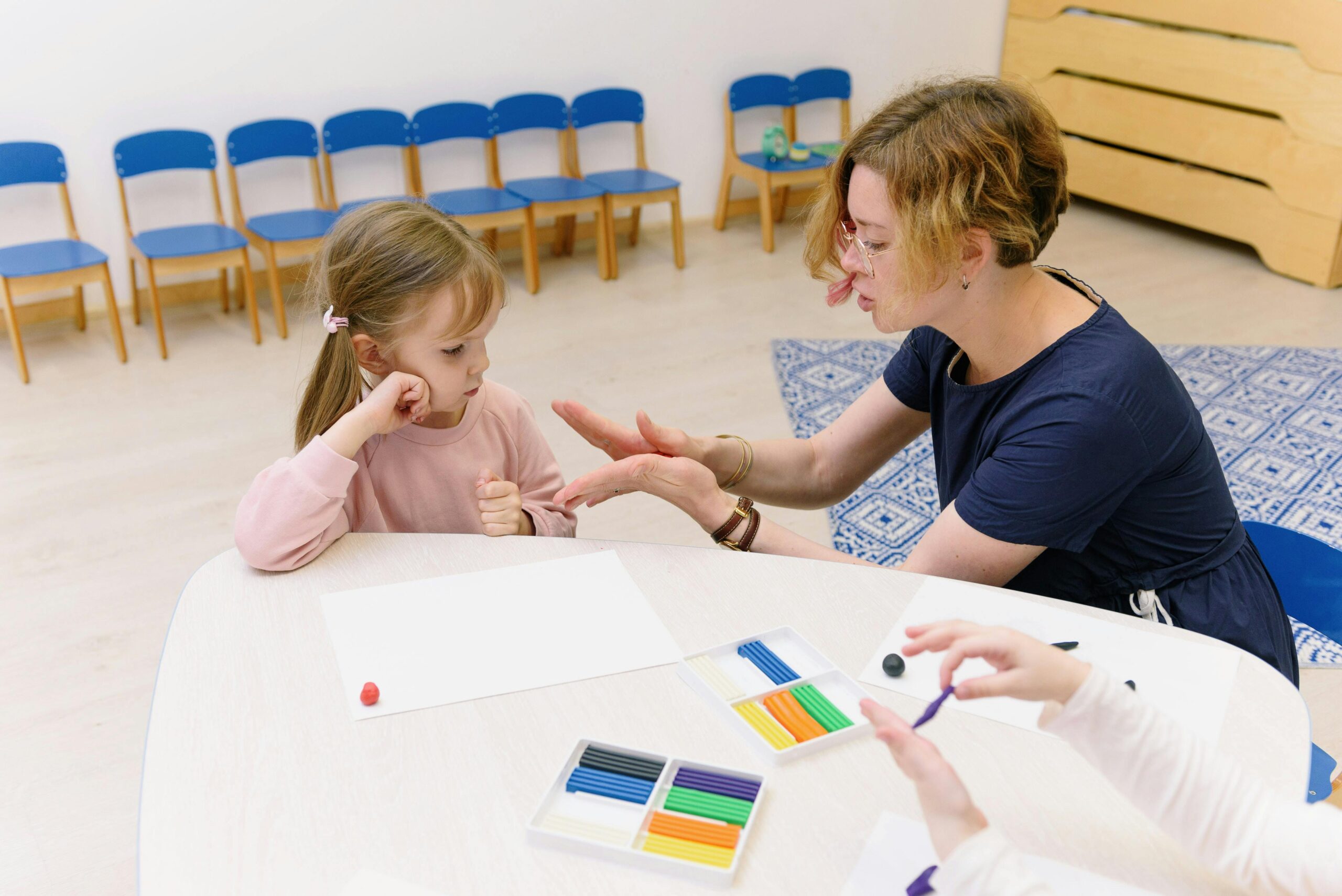

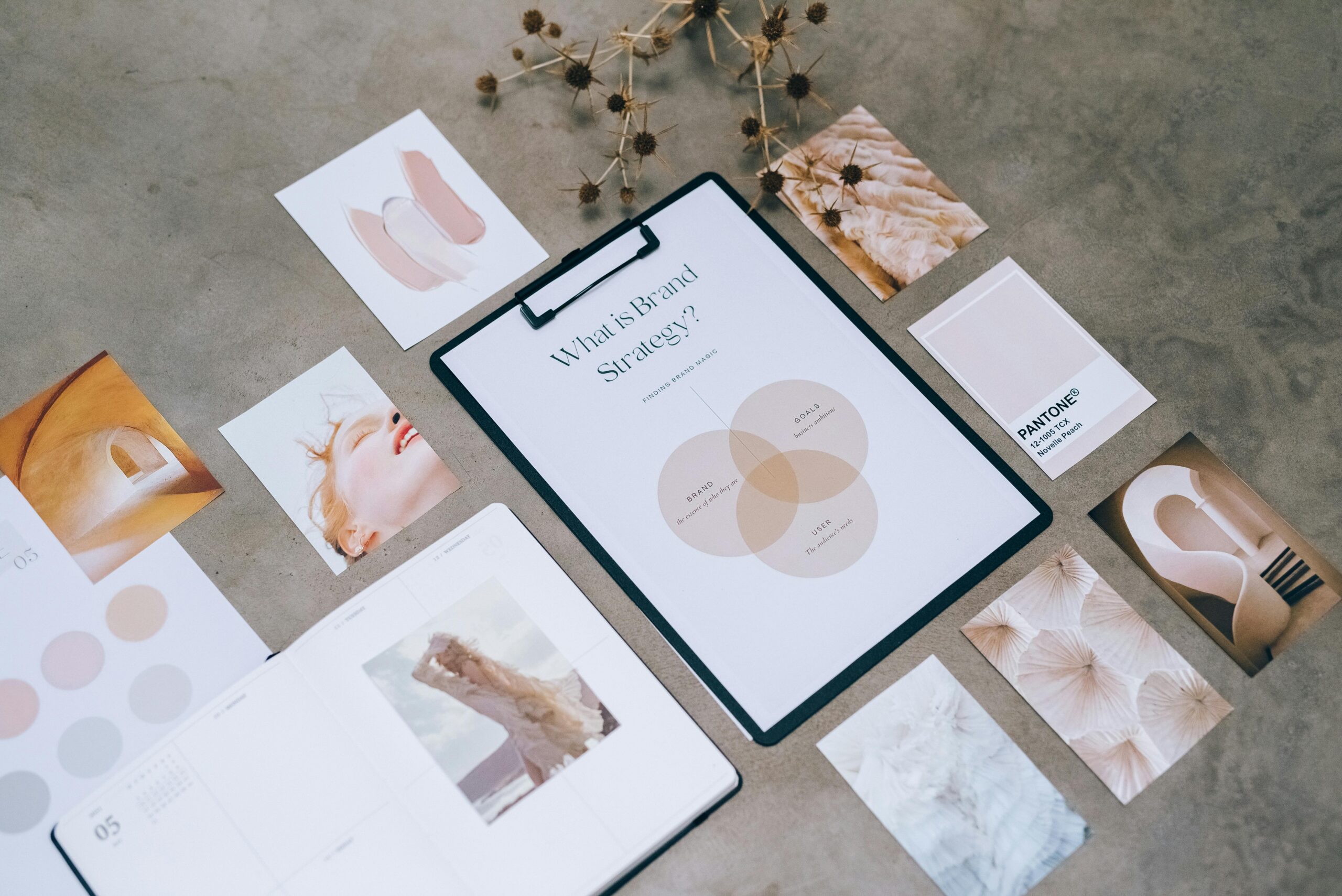

One thought on “Reforming Education for a More Creative Future”